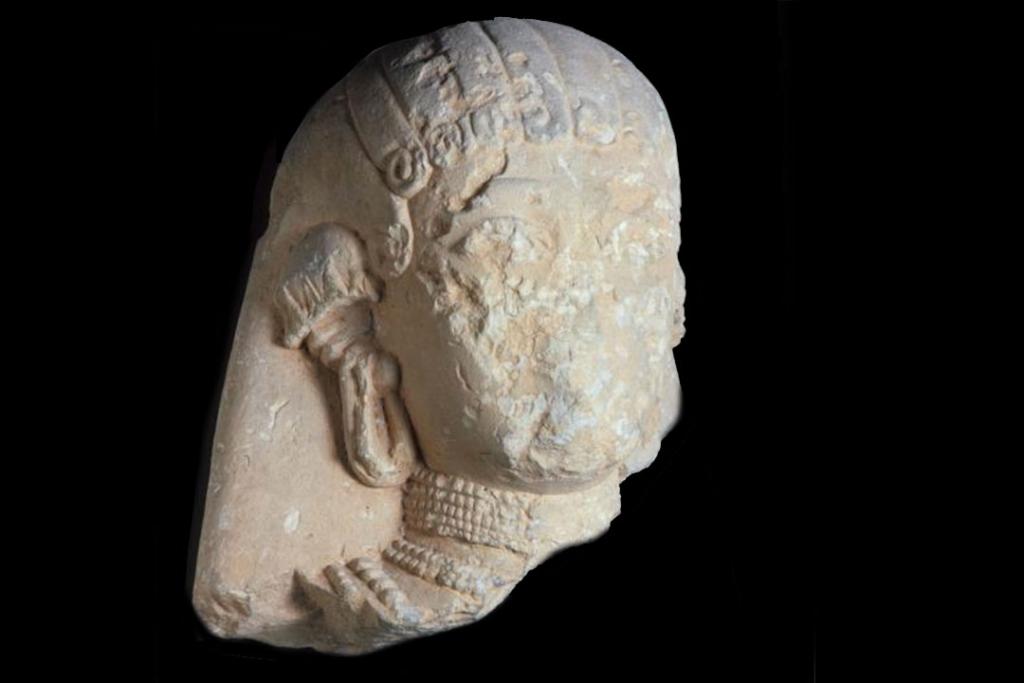
Site A, Kouklia sculpture collection
Site A was a a quarter of a mile north east of Kouklia, Cyprus and according to the early reports by the excavators covered from Late Bronze I or II to early fifth century. It is the site where the famous Persian Siege Mound was discovered in 1952.
This is part of the Kouklia, Ancient Cyprus collection.
Site A was a a quarter of a mile north east of Kouklia, Cyprus and according to the early reports by the excavators covered from Late Bronze I or II to early fifth century. It is the site where the famous Persian Siege Mound was discovered in 1952.
The discovery of the Siege Mound was most exciting. The filling showed traces of fire and contained stones, soil, heavy stone balls and large quantities of weapons such as spearheads and arrows, architectural fragments and slabs in the Cypriot syllabic alphabet. The excavators interpreted the mound as having been erected by the Persians when they besieged the city, around 498/497 BC. The mound was assumed to have been used as a siege ramp from which projectiles could be thrown inside the walls.
The mound contained many sculptural fragments as many as 1000 pieces dating to the end of the Archaic period, (7th-6th century BC). Particularly interesting were two female heads of Egyptian hairstyles with rich earcaps and tight necklaces. There were also 12 statues of young men (kouroi), some in short sleeved tunics with belts, others in Egyptian dress. The most important finding in the mound was the statue of the Priest-King.
Current research by the ‘Palaepaphos Urban Landscape Project’, launched by Cyprus University in 2006 (Iacovou 2008) used topographical evidence and geophysical studies to question the theory of the siege mound and the wall containing the city of the Kingdon.
